- Energy security has become an important topic in various countries, and development is inseparable from energy support
- Qinghai has a complete range of clean energy resources, with solar, hydro and wind energy resources ranking among the top in China, and has significant advantages in new energy development
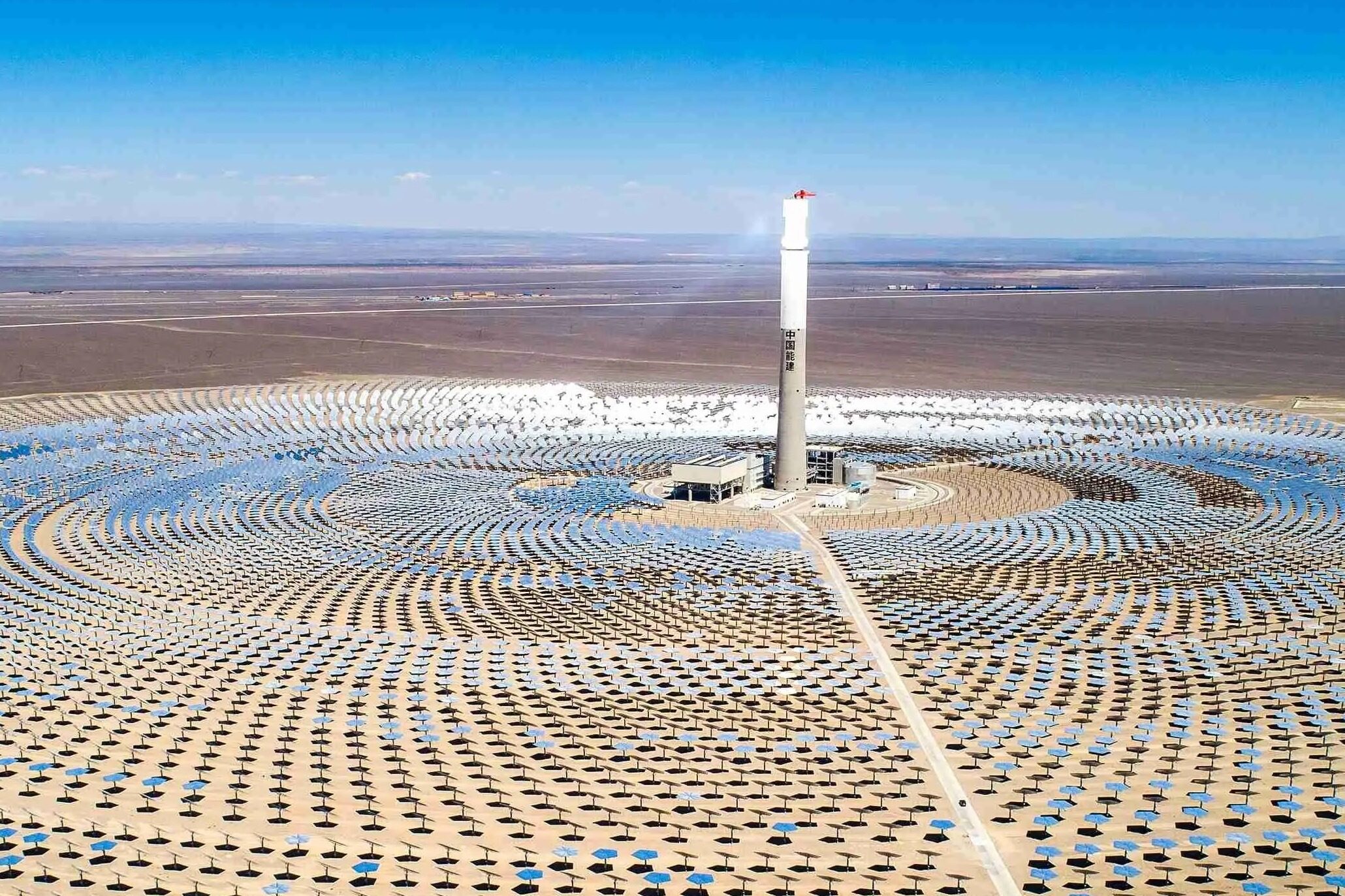
Starting from Xining, all the way to the west, along the way, blue sky and white clouds, distant mountains and nearby ravines, wetlands and rivers pass by in turn. At this time, white windmills stand upright in the Gobi and desert, injecting vitality into the quiet space. Coupled with the flocks of cattle and sheep on both sides of the road, the herdsmen who believe in horses and horses, the photovoltaic base in the wilderness presents a beautiful picture of green energy development.
In August 2016, General Secretary Xi Jinping made a major requirement to "make Qinghai an important new energy industry base for the country" during his inspection in Qinghai, and pointed out the development direction of Qinghai's clean energy industry; during the two sessions of China in 2021, General Secretary Xi Jinping made another Qinghai's major requirement of "building a national clean energy industry highland" has drawn a new era development blueprint for the high-quality development of Qinghai's clean energy, and anchored the development goals in a new stage; in June 2021, General Secretary Xi Jinping visited Qinghai again. Requirements for building a national clean energy industry highland.
Looking at the world, energy security has become a topic of great importance to various countries, and development is bound to be inseparable from energy support. On the Hanhai Gobi in the Haixi Mongolian and Tibetan Autonomous Prefecture, windmills rotate day and night; on the Tala Beach in the Hainan Tibetan Autonomous Prefecture, several kilometers of shelterbelt and shining solar photovoltaic panels form a green seabed; Yangxia Hydropower Station transforms the endless Yellow River water into energy for development... Qinghai wants to "develop" towards the wind, the sun and the water, transforming the endless wind energy, light energy and water energy into electricity for economic development Bring new life and vitality.
Qinghai can be described as "scenery" just right, "wind" produces "water", on 722,300 square kilometers of land, from the people's life to industrial development, all enjoy the dividends brought by clean energy.
Unique natural conditions
Qinghai has a complete range of clean energy resources, with solar, hydro and wind energy resources ranking among the top in China. The theoretical reserves of hydropower resources are 21.87 million kilowatts, ranking fifth in China. The upper Yellow River is one of the thirteen major hydropower bases in China, with excellent hydropower regulation performance; the theoretical developable capacity of photovoltaic resources is 3.5 billion kilowatts, ranking second in China. And the cost of photovoltaic power generation is the lowest in China; the wind energy technology can develop more than 75 million kilowatts, ranking the forefront in China, especially the low wind speed wind power development potential is huge; the vast desertified land of more than 100,000 square kilometers has significant advantages in new energy development.
Laga Town, Guoluo Tibetan Autonomous Prefecture, is full of green mountains and full of vitality. Here, the Yellow River "turns", and the river flows from Gansu Province to Qinghai Province from east to west. The upper reaches of the Yellow River are building the highest hydropower station with the highest altitude and the largest installed capacity, and one of the main projects of the 10,000-kilowatt water-light storage integrated clean energy base. ——The Margarh Hydropower Station is located here.
Maergai Hydropower Station is the ninth cascade power station planned in the section from Hukou to Erdo, the main stream of the Yellow River above Longyang Gorge, with a total installed capacity of 2.32 million kilowatts. It is estimated that the annual power generation will be about 40.63 billion kWh, which will save about 13 million tons of standard coal and reduce carbon dioxide emissions by about 34 million tons per year. As of the end of June 2022, the average daily filling volume of the dam will remain above 17,000 cubic meters, and the dam surface will be filled up to an elevation of 3,167.7 meters, with a cumulative filling volume of about 3.5454 million cubic meters.
"After the Maergai Hydropower Station is put into operation, it will further promote the high-quality development of renewable energy in Qinghai, accelerate the construction of a new power system with new energy as the main body, and contribute to the optimization of China's energy structure." Relevant staff of National Energy Group Qinghai Electric Power Co., Ltd. express.
In contrast to the banks of the Yellow River, in the desert Gobi, which stretches for thousands of miles, the Haixi Mongolian and Tibetan Autonomous Prefecture is becoming the home ground for Qinghai to build a national clean energy industry highland by promoting the construction of new energy projects such as photovoltaics, solar thermal, wind power and supporting energy storage. one.

The number of hours of sunshine is more than 3,000 hours, the available time of wind energy is 3,500-5,000 hours, and the total annual solar radiation is between 6,618.3-7,356.9 megajoules per square meter. The harsh natural conditions of drought have become a paradise for the development of the clean energy industry. Nowadays, professional terms such as solar thermal power station, solar panel, wind turbine, energy storage power station, etc. have become the keywords of the new development concept of Haixi Mongolian and Tibetan Autonomous Prefecture. The construction of each clean energy project constitutes Qinghai to build a national clean energy Vivid practice in the industrial highlands.
At the press conference on the theme of "China's Decade • Qinghai" held on August 31, 2022, Wu Xiaojun, Deputy Secretary of the Qinghai Provincial Party Committee and Governor of the Qinghai Provincial People's Government, said: Qinghai aims to serve the national carbon peak and carbon neutrality goals. As its own responsibility, it jointly issued the "Qinghai Action Plan for Building a National Clean Energy Industry Highland (2021-2030)" with the National Energy Administration, and solidly promoted the development of clean energy, the construction of new power systems, the replacement of clean energy, the diversified construction of energy storage, and the promotion of industrial upgrading. , Six major actions for the development of mechanism construction, strive to transform resource advantages into industrial advantages, promote the construction of clean energy industry highlands to climb higher and upgrade, and walk in the forefront of China.
Qinghai has unique resource advantages and huge potential, which are mainly reflected in abundant water, light, good wind, and vast land, which are complementary. Among the total installed capacity of 43.25 million kilowatts in Qinghai Province, the installed capacity of clean energy and new energy accounted for 91% and 62% respectively, and the consumption of non-water renewable energy accounted for 29%. The three indicators continued to lead China, and the construction of power supply achieved a new leap forward. ; The power grid structure in the province has been continuously improved. The "Qingdian Power Transmission" project covers 13 provinces and cities including Shandong, Chongqing, Shanghai, Henan, and Jiangxi. The power grid construction has formed a new framework; new electrochemical energy storage, compressed air energy storage, hydrogen energy New progress has been made in energy storage demonstrations such as thermal storage and power generation with molten salt; China's first zero-carbon industrial park has started construction, China's first 100% clean energy traceable green big data center has been opened, and industrial agglomeration has released new vitality; exploring the formation of "photovoltaic + Models such as "ecology + poverty alleviation" and "photovoltaic + ecology + animal husbandry" have made clean energy a source of enrichment for the people, and the vast number of farmers and herdsmen have achieved a leap from electricity to good electricity use, and energy has opened up a new situation for the benefit of the people.
Wu Xiaojun said: At present, our goal is to have more than 100 million kilowatts of wind power and photovoltaic installed capacity in Qinghai Province by 2030, and more than 140 million kilowatts of clean energy installed capacity. Sincerely look forward to strengthening the construction of clean energy bases, the construction of new power systems for source, grid, load and storage, the local consumption and application of clean energy, the construction of clean energy industrial clusters, the green power hydrogen production and ammonia production, and the construction of clean energy technology innovation platforms. Cooperation in other fields to jointly create a bright future for low-carbon energy transformation and high-quality development.
Transformation and innovation
Qinghai has gathered the strength of the whole province to transform the advantages of location resources into advantages of industrial development, and extended, supplemented and strengthened the chain in the clean energy industry. Large-scale energy companies such as National Energy, China Guangdong Nuclear Power, Huaneng, and Datang have settled in Qinghai one after another. Trina Solar Leading upstream and downstream enterprises in the new energy industry such as Energy, Canadian Solar, BYD Battery, Gaojing Solar, Lihao Semiconductor, and Nord Copper Foil are also competing to take root and develop rapidly in Qinghai.
"Domestic clean energy looks at Qinghai, and attracting such a world-renowned new energy company in a short period of time can see the advantages of Qinghai Province in the domestic clean energy field." Xining Artes Photovoltaic Technology Co., Ltd. Director of Operations Liu Wentao said that as one of the world's largest public utility-scale solar and energy storage project developers with the largest reserve of power station projects and the most diverse geographical distribution, Canadian Solar has reached the top three positions in the global photovoltaic industry, while After visiting various places in China, we finally decided to put our first domestic project in Xining City, Qinghai Province.
With the green card of Qinghai, Qinghai's clean energy industry is undergoing rapid upgrading and transformation. With the advantages of green electricity + low electricity price, Qinghai is actively introducing a number of strategic emerging industries with high load capacity and high added value. With the natural advantages and the meticulous care, forging, re-engineering and upgrading acquired, Qinghai is striving to create a "National Energy Revolution Comprehensive Pilot Province".
At present, the zero-carbon industrial park that Qinghai is actively building has begun to take shape; a relatively complete lithium battery industry chain has been formed from cathode materials, copper foils, separators, cells, casings to batteries; lithium carbonate production capacity has reached 87,000 tons , 10,000 tons of lithium chloride, 500 tons of metal lithium, and 500 million watt-hours of graphene lithium batteries; photovoltaic manufacturing has formed an industrial chain of polysilicon-monocrystalline silicon slices-solar cells-battery modules. At the same time, China Telecom National Digital Qinghai Green Big Data Center, which highlights the three key characteristics of green, zero carbon and traceability, was officially launched in Haidong City; ±800kV Qinghai-Henan UHV DC transmission project, Qinghai Guolong to Gansu Wusheng The third 750 kV line project and other green power transmission channels were completed and put into operation...
As of the end of June 2022, the installed capacity of clean energy in Qinghai Province accounted for 90.9%, the installed capacity of new energy accounted for 61.8%, and the consumption of non-fossil energy accounted for 47% of primary energy consumption, all of which are in the leading position in China. It is expected that by 2025, Qinghai's national clean energy industry highland has begun to take shape, the construction of clean energy bases in the upper reaches of the Yellow River is steadily advancing, the proportion of clean energy installed capacity, power generation, and primary energy consumption will further increase, and China's leading position in clean energy development. further improvement.
Qinghai has built China's first 100-megawatt photovoltaic power generation demonstration base. The average conversion efficiency of N-type IBC cells produced by the Yellow River Company increased from 18.6% to 24.1%, ranking among the first-class in the world. Build the world's largest water-light complementary project, take the lead in exploring a new path for water-light integration and development, and fill the gap in key technologies for large-scale water-light complementary in the world. Completed China's first large-scale CSP project with all localized core technologies, filling the gap in tower CSP technology.
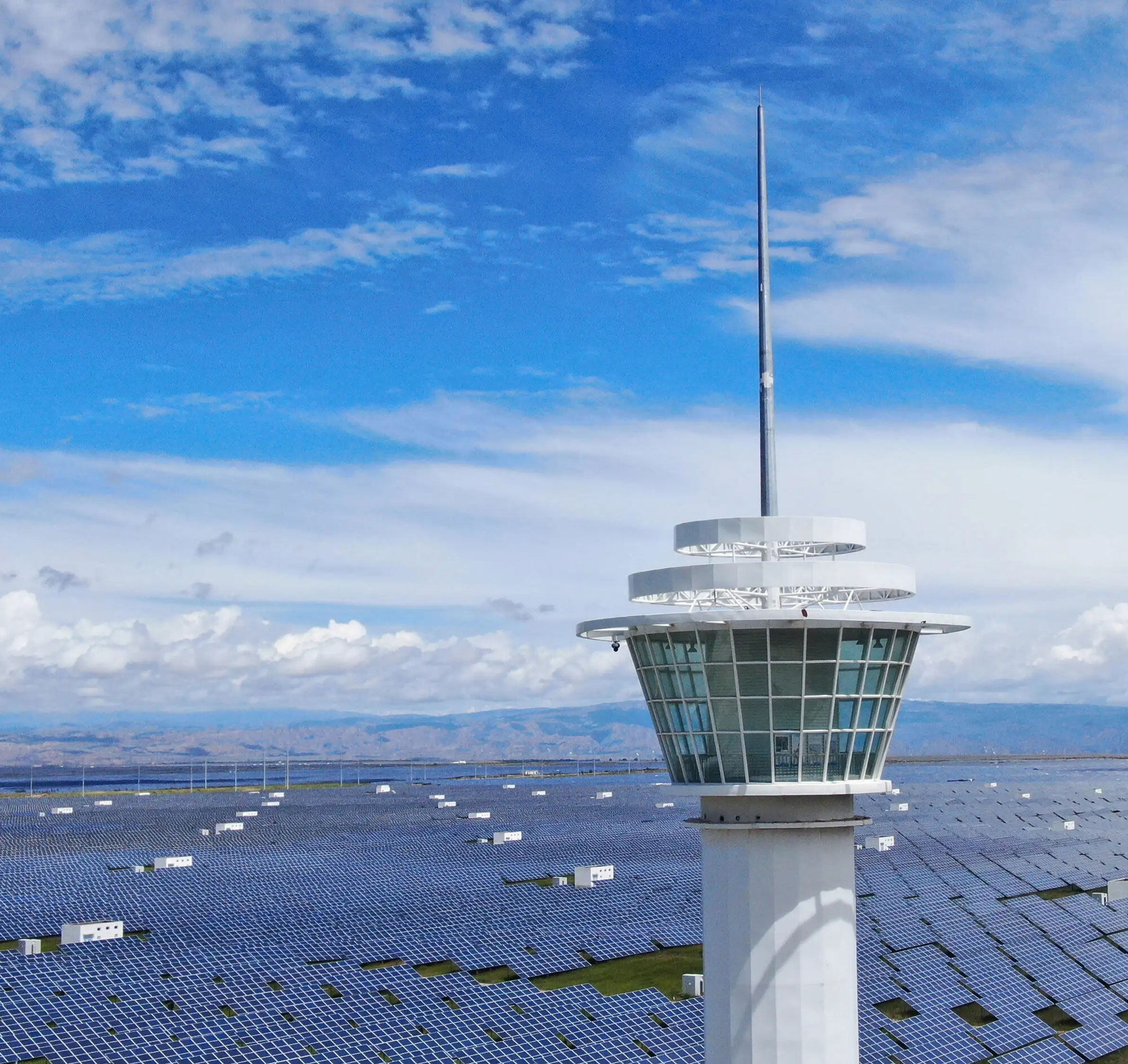
At the 2022 Belt and Road Clean Energy Development Forum held recently, Tang Jing said that the Yellow River Company has an installed power capacity of 27.51 million kilowatts, accounting for 70% and 80% of Qinghai Province respectively. The development of clean energy is both an opportunity and a responsibility. As the largest central energy enterprise in Qinghai Province, the Yellow River Company will do a good job in the development of hydropower in the upper reaches of the Yellow River, strengthen the integrated development of hydro-optical storage, and help the construction of two clean energy industry bases in Haixi and Hainan. Make due contributions to building a national clean energy industry highland.
From the manufacturing of new energy equipment to the production of green electricity, to energy consumption and technological breakthroughs, the clean energy industry chain in Qinghai Province is gradually improving, which not only provides new solutions for solving raw material and market problems, but also contributes to the high-quality economic and social development and modernization of Qinghai. New Qinghai construction provides strong support. Today, new technologies, new materials, and new applications in Qinghai are forming a virtuous industrial cycle, and the development strategy is activating development momentum.
Clean energy benefits the people can know and feel
What does 3 kWh of electricity do? It can satisfy 120 hours of lighting in a 15-square-meter room, charge an ordinary mobile phone about 150 times, and make a household refrigerator work for 3 days... It can also warm the villagers of Seina Village, Wulan County, Haixi Prefecture all night. "According to the calculation, 3 kWh of electricity per night, 90 kWh of electricity per month, the electricity cost is 33.6 yuan, calculated according to the 7-month heating period, the total electricity cost is 235 yuan, which is more than 100 yuan less than burning cow and sheep dung. "Sitting on the electric heating kang of Qi Zhanji's house in Seina Village, Wang Yongji, a staff member of the Ulan County Power Supply Company, made a calculation for the villagers: "Take Qi Zhanji's house as an example: two electric heating panels are installed in the house, and the heating area is 6 square meters. ; The village subsidy is 350 yuan, and the individual only pays 400 yuan.”
At present, 148 households in Saina Village have installed electric heating kangs. As a people's livelihood project and people's heart project, clean heating not only warms the hearts of the plateau people, but also adds endless warmth to the ecological environment protection of Qinghai Province.
In Qumalai County, Yushu Tibetan Autonomous Prefecture, where the average altitude is 4,500 meters and the average annual temperature is only minus 3.3 degrees Celsius, a total of 14,700 square meters of clean heating area will be piloted in 2021; nearly 90% of the people in Maduo County, Guoluo Tibetan Autonomous Prefecture have gotten rid of The lifestyle of heating and cooking with coal and cow dung; the clean heating pilot project of Xinghai County Minzu Middle School in Hainan Tibetan Autonomous Prefecture was officially completed and put into operation, bringing winter warmth to more than 1,300 ethnic minority teachers and students on the snowy plateau...
The benefits brought by clean energy to the people in Qinghai Province do not stop there. "Since the photovoltaic power generation panels were built on the roof of our new village, the whole village has now generated millions of kilowatt-hours of electricity. The annual dividend income of photovoltaics, plus we go out to work by ourselves, life is much better." In 2022, Huang Nan Dorjega, a villager at the site of the second dividend distribution ceremony of the rooftop photovoltaic project in Laiyu Village, Jianzhatan Township, Jianzha County, Tibetan Autonomous Prefecture, said sincerely.
As of August 2022, Qinghai Province has built a poverty alleviation power station of 730,000 kilowatts, with an annual power generation output value of 880 million yuan and a revenue of 570 million yuan. Poverty alleviation photovoltaic panels that can be installed on the roof of one's own courtyard without occupying farmland are now becoming an important source of income for many villages and people in Qinghai Province with the help of the energy of sunlight, and one of the important industries for rural revitalization.
In the vast land of Qinghai, the vivid practice of continuously converting abundant wind, light, water and thermal energy resources into green electricity can be seen everywhere. It is Qinghai's vision to not only add luster to the transformation of Qinghai's energy structure, but also to contribute to China's realization of the dual-carbon goal. With the growing growth of clean energy industries such as photovoltaics and wind power, from industrial component production workshops to clean energy transmission channels for power transmission, the clean energy industry chain is improving day by day, and is developing from a single trend to diversification. Every page is full of footprints of green energy development.Editor/Ma Xue
Comment
 Praise
Praise
 Collect
Collect
 Comment
Comment
 Search
Search


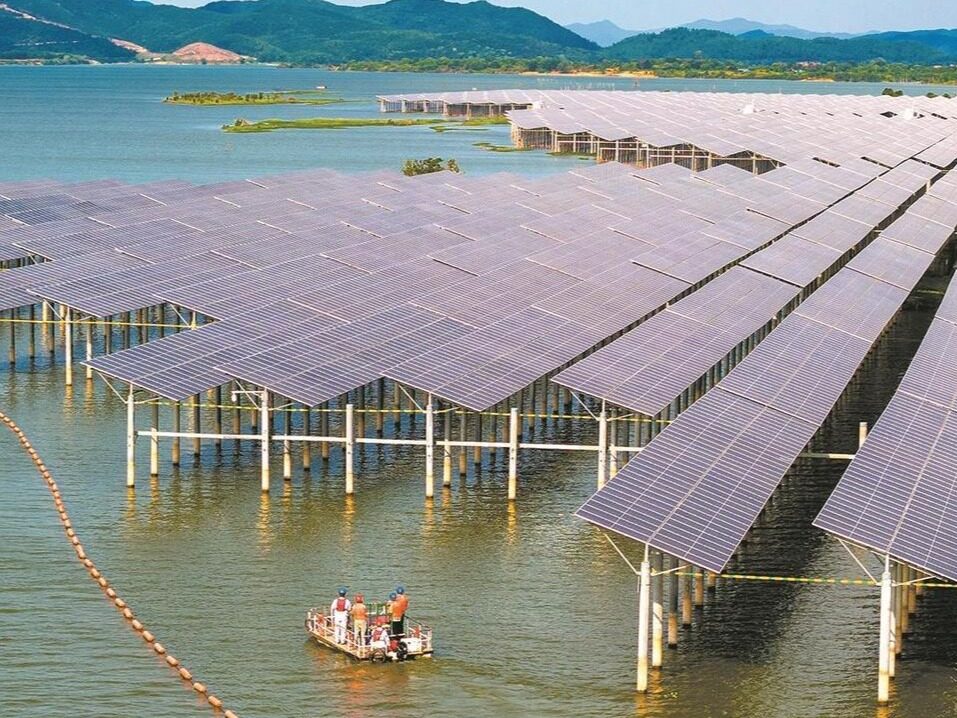
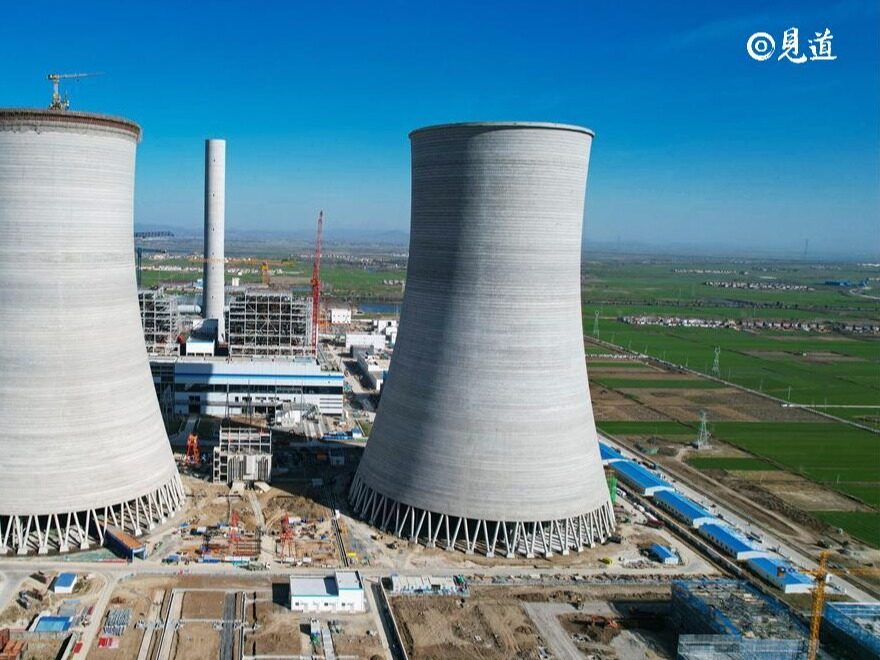
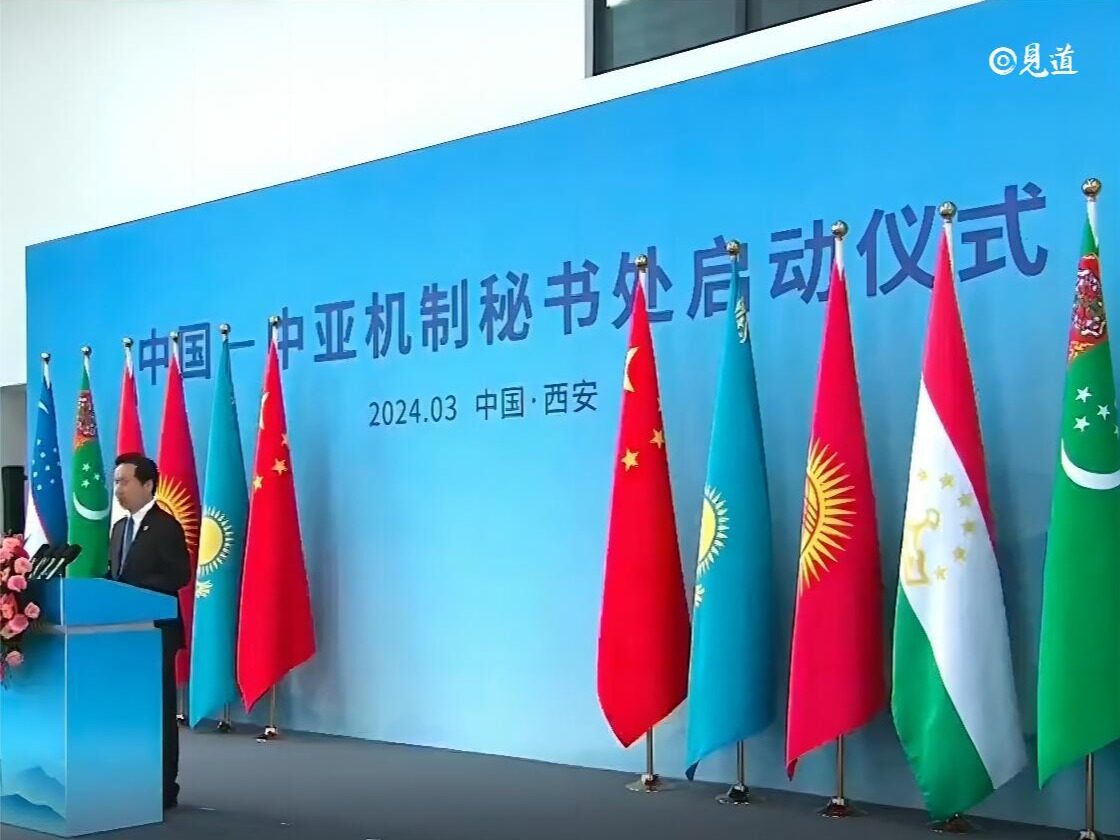
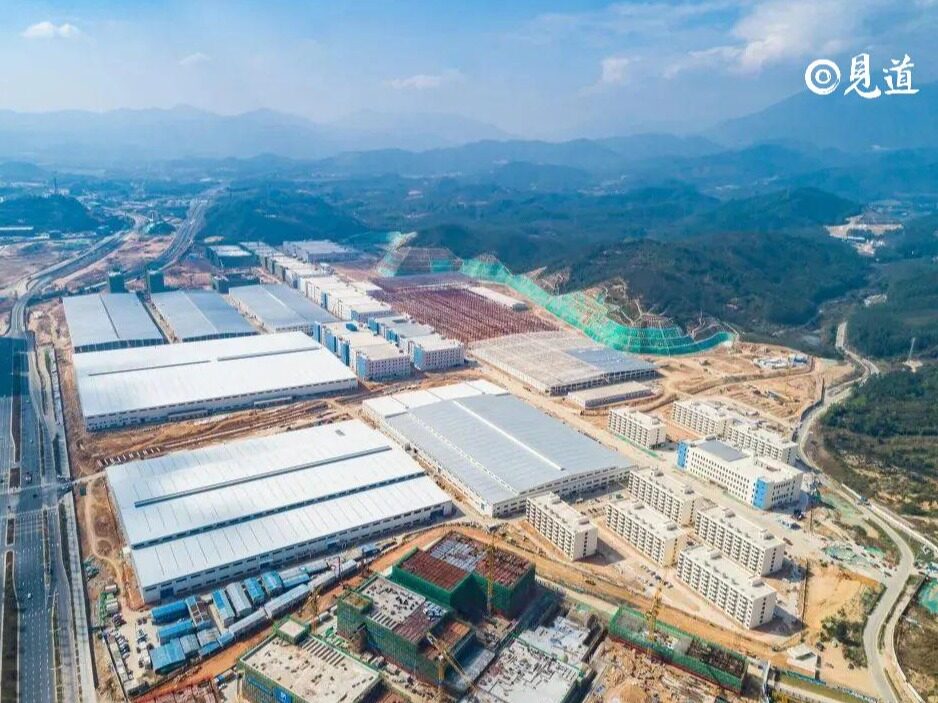

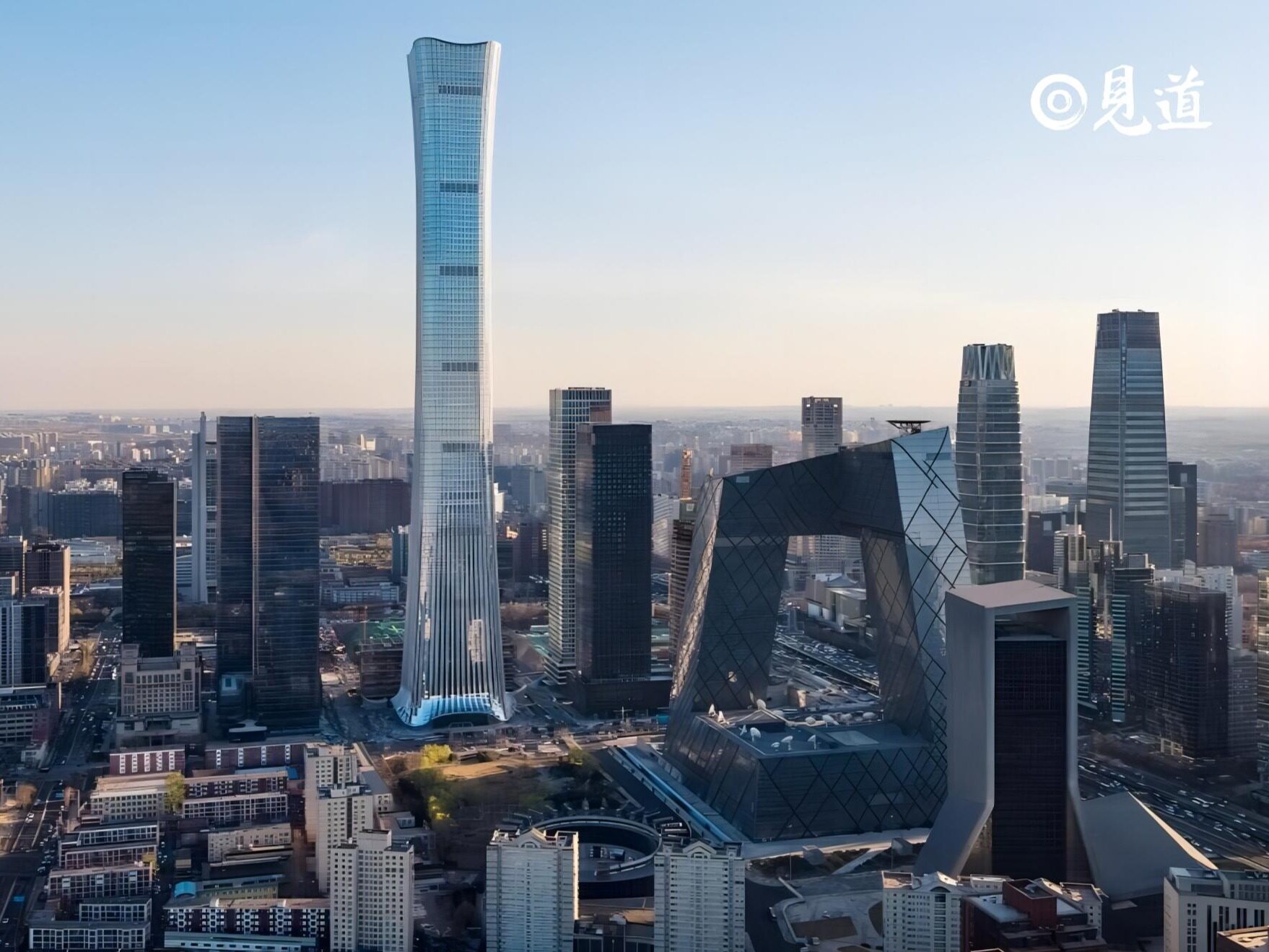






Write something~